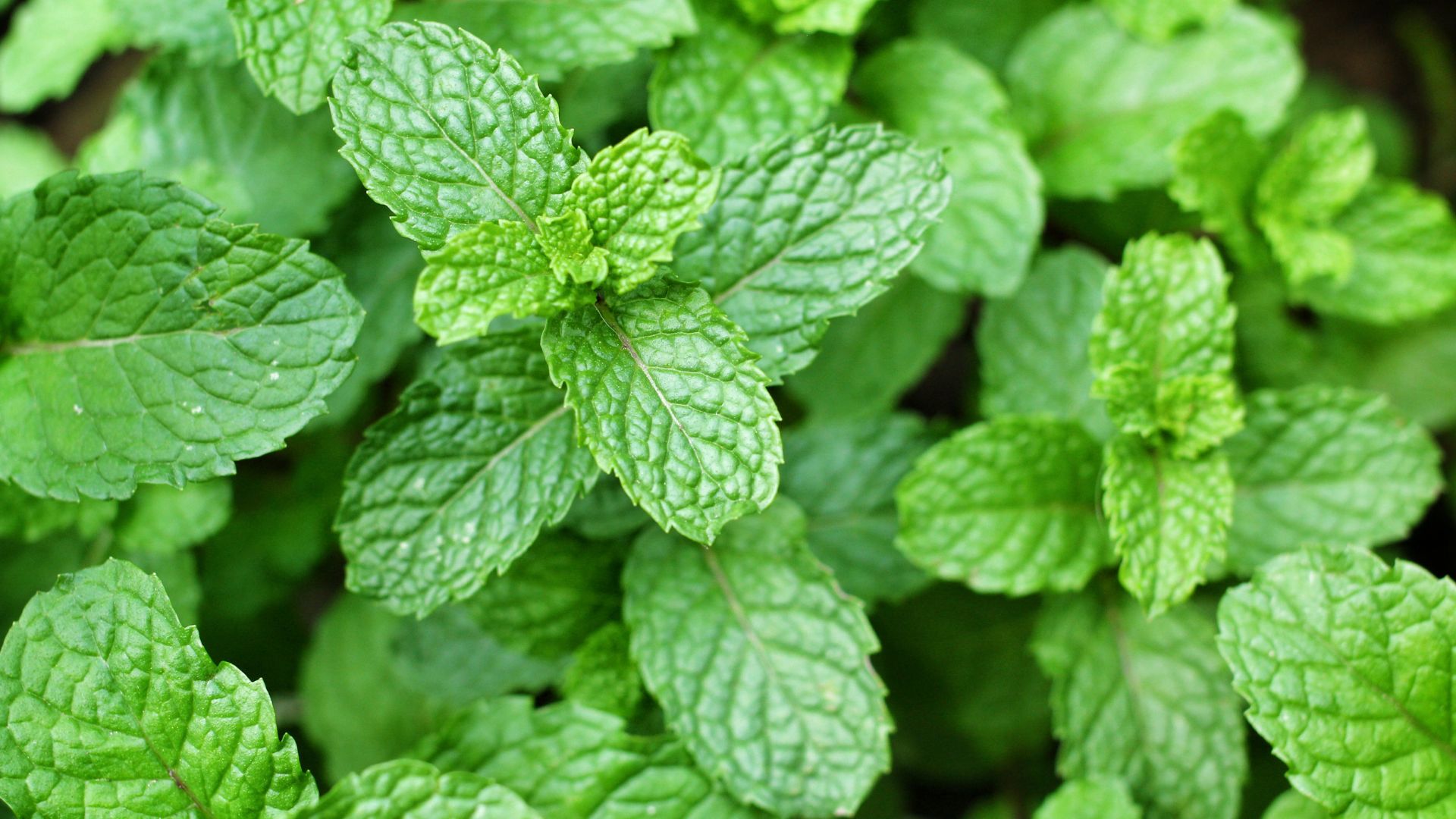
Mint, botanically classified under the genus Mentha, is a widely cherished herb that has earned a place in kitchens, gardens, and medicine cabinets across the globe. Revered for its vibrant aroma and cooling sensation, mint offers far more than a burst of flavor. This versatile herb carries a rich legacy, boasting culinary, nutritional, and therapeutic uses that span thousands of years and many cultures. In this guide, we’ll explore the diverse benefits and fascinating characteristics of mint, including how to use it in cooking, grow it at home, and incorporate it into your wellness routine.
Table of Contents
A Brief Introduction to Mint
Mint has long been celebrated for its invigorating properties. With historical roots in ancient Egypt, Greece, Rome, and even traditional Chinese medicine, mint was often used to treat ailments, freshen breath, and flavor food. Belonging to the Lamiaceae family—home to other aromatic herbs like basil, rosemary, and oregano—mint thrives in various climates and is cultivated worldwide today.
There are over 20 known species of mint, but two of the most popular are peppermint (Mentha × piperita) and spearmint (Mentha spicata). Both are known for their strong, distinctive scent and taste, largely attributed to the compound menthol, which provides the signature cooling effect.
Culinary Uses of Mint
Mint is a culinary powerhouse. Its crisp, clean flavor makes it an ideal ingredient in sweet and savory dishes alike. Whether you’re sipping a mojito or savoring a mint-infused salad, mint adds a fresh twist that elevates everyday meals.
-
Herbal Teas
Mint tea is a staple in many cultures. A soothing cup of peppermint tea can ease digestion, while iced spearmint tea makes for a refreshing summer beverage. You can use fresh or dried leaves to brew your own calming cup at home.
-
Salads
Add a burst of freshness to your salads with chopped mint leaves. They pair especially well with fruits like watermelon, mango, and orange, and complement ingredients like cucumber, feta, and quinoa for a Mediterranean flair.
-
Desserts
Mint’s cool and slightly sweet taste balances the richness of desserts. It is famously paired with chocolate in ice creams, brownies, and cakes, creating a luxurious contrast that’s beloved worldwide.
-
Sauces and Dressings
Mint is a key ingredient in chutneys, yogurt sauces like raita, and Middle Eastern dishes such as tabbouleh. It also enhances salad dressings with a crisp and herby finish.
-
Beverages
Mint is essential in cocktails like mojitos and mint juleps. It’s also a flavorful addition to mocktails, lemonades, and detox water, giving beverages a zesty, aromatic lift.
Nutritional Value of Mint
Beyond its flavor, mint offers a modest yet meaningful nutritional profile that supports overall health.
-
Vitamins and Antioxidants
Mint is a good source of vitamin A, essential for vision and immune health, and vitamin C, a powerful antioxidant that helps protect cells from damage and supports skin health.
-
Minerals
It contains small amounts of minerals like iron, potassium, calcium, and magnesium, all of which contribute to various bodily functions such as muscle health, blood circulation, and bone strength.
-
Fiber
Though not consumed in large quantities, mint leaves provide dietary fiber, which promotes digestion and helps regulate blood sugar levels.
-
Phytonutrients
Compounds like menthol and rosmarinic acid give mint its signature properties, contributing anti-inflammatory, antispasmodic, and antimicrobial effects.
Medicinal Properties of Mint
Mint has a long-standing reputation in herbal medicine and is often used to treat a variety of common health concerns.
-
Aids Digestion
Mint relaxes the muscles of the gastrointestinal tract, helping to relieve bloating, gas, and cramps. It is particularly beneficial for those with irritable bowel syndrome (IBS), and peppermint oil capsules are commonly prescribed for this condition.
-
Supports Respiratory Health
The menthol in mint acts as a natural decongestant. Inhaling steam with mint can ease nasal congestion, while mint-infused lozenges and teas can soothe sore throats and reduce coughing.
-
Anti-Inflammatory Properties
Rosmarinic acid found in mint has been shown to reduce inflammation, which may benefit individuals with arthritis, asthma, or allergic reactions.
-
Fights Bacteria and Fungi
Mint’s essential oils have antimicrobial properties that can help fight infections. This makes mint useful in oral hygiene products like toothpaste and mouthwash, as well as in topical treatments for skin conditions.
-
Reduces Stress and Anxiety
Mint’s refreshing aroma is known to have calming effects on the nervous system. Using mint in aromatherapy or simply inhaling its scent can help reduce stress, elevate mood, and promote mental clarity.
Growing and Storing Mint
Mint is one of the easiest herbs to grow at home, making it a great choice for beginners.
-
Growing Tips
-
Sunlight: Prefers partial shade to full sun.
-
Soil: Moist, well-drained soil is ideal.
-
Space: Mint spreads rapidly through underground rhizomes, so it’s best grown in pots or containers to prevent it from overtaking your garden.
-
Watering: Keep the soil consistently moist but not waterlogged.
-
-
Harvesting and Storage
Harvest mint leaves regularly to encourage new growth. You can use them fresh, dry them for later use, or even freeze them in ice cube trays with water for a refreshing addition to drinks.
Precautions and Considerations
While mint is generally safe and beneficial, there are a few things to keep in mind:
-
Allergies: Individuals allergic to plants in the mint family (such as basil, oregano, or sage) should exercise caution.
-
Medication Interactions: Mint supplements or excessive consumption may interfere with certain medications, particularly antacids and drugs for acid reflux.
-
Skin Irritation: Concentrated mint oil can irritate the skin or cause allergic reactions when applied topically.
-
Pregnancy: Pregnant or breastfeeding women should consult a healthcare provider before using mint supplements in high doses.
A Time-Honored Herb with Timeless Benefits
Mint is more than just a flavorful herb—it’s a symbol of wellness, freshness, and tradition. From ancient healing practices to modern kitchens, its multifaceted benefits continue to make it an essential part of daily life. Whether you’re savoring a cup of mint tea for wellness, nurturing a mint plant in your kitchen garden, or adding a sprig of fresh mint to your favorite dish, you’re tapping into centuries of natural remedies and herbal wisdom.
By incorporating mint into your diet and lifestyle, you’re embracing a natural ally that supports digestion, calms the mind, refreshes the senses, and enhances your meals. With its unmatched versatility, mint truly lives up to its reputation as one of nature’s finest gifts and one of the most versatile herbs for health and cooking.




Leave a Reply
You must be logged in to post a comment.